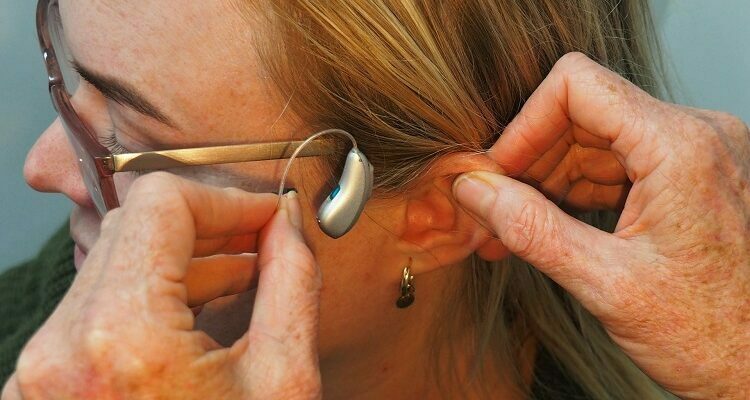Hearing loss can occur primarily in two different ways, which is why it is divided into conductive and sensorineural. However, in every single case, it negatively impacts human life and brings unpleasant consequences on many levels of life. How does conductive and sensorineural hearing loss occur, and how are they different?
Table of Contents
Conductive hearing loss
This type of partial or complete hearing loss is a symptom of a problem with the middle or outer ear. The cause may be structural or mechanical, as a result of which the transmission of sounds from the auricle, that is, the outer ear, to its middle part, and consequently also to the inner ear, is disturbed. As a result, the sound does not arrive in a form that will ultimately be correctly recognized. The structural and mechanical causes include, for example, a loss of the eardrum, calcification of the ossicles, as well as excessive secretion of wax glands, resulting in the formation of the so-called jam. Among the conductive causes, infections are also distinguished. This hearing loss can be cured using appropriate treatments or pharmacological measures. However, time plays a key role, so even a little hearing problem should lead to preventive testing, such as an audiogram test.
Sensorineural hearing loss
This type of hearing loss is caused by the middle ear and acoustic nerve problems. The nerves or hair cells in the ear, responsible for the proper transmission of sounds to the brain, are damaged. Unfortunately, the most common cause is the aging of the organism, which results in the disappearance of cells, and permanently damaged cells do not return to their original form. This process usually begins after the age of 60, and in some cases, much earlier. This type of hearing loss is also more common for people exposed to noise, and therefore it can occur for them much earlier. Certain medical conditions such as meningitis or rubella also cause sensorineural hearing loss. Such progressive deafness can be detected at an early stage by the audiogram test; therefore, the test should be performed periodically as a preventive measure. Sensorineural hearing loss usually cannot be cured, so hearing aids are the best solution, as they can definitely improve the quality of life.
Take good care of your hearing
You need to take care of your hearing throughout your life, so you can not only minimize the risk of both conductive and sensorineural hearing loss but also avoid it. First of all, it is worth doing preventive examinations, such as a basic hearing test or an audiogram test, which will show any abnormalities in the initial stages. Proper hygiene is also necessary, for example, not using cotton buds that push the earwax even deeper into the ear, using special protective headphones at high noise levels, and resting in silence so that the body has a chance to regenerate.














Comments